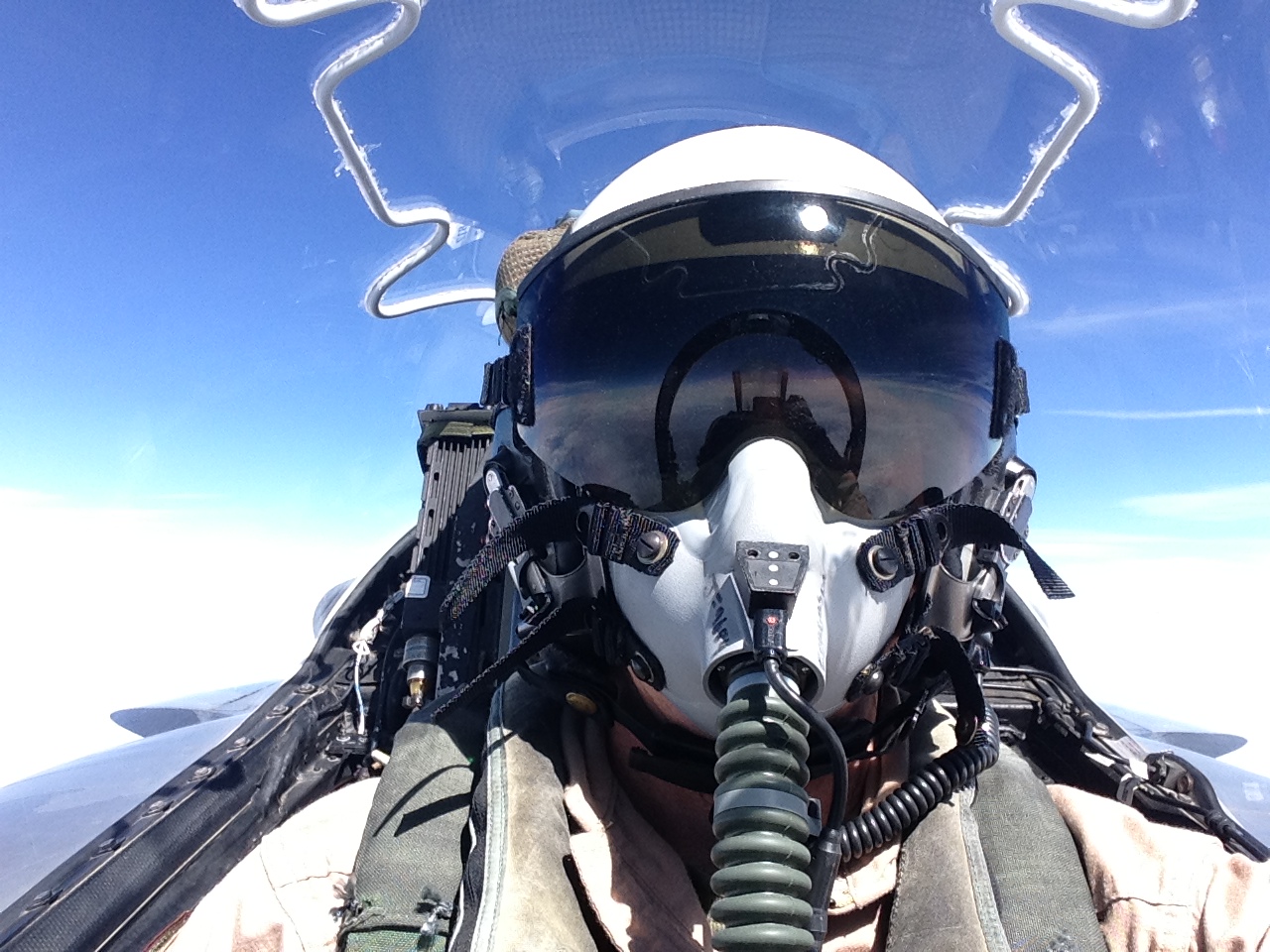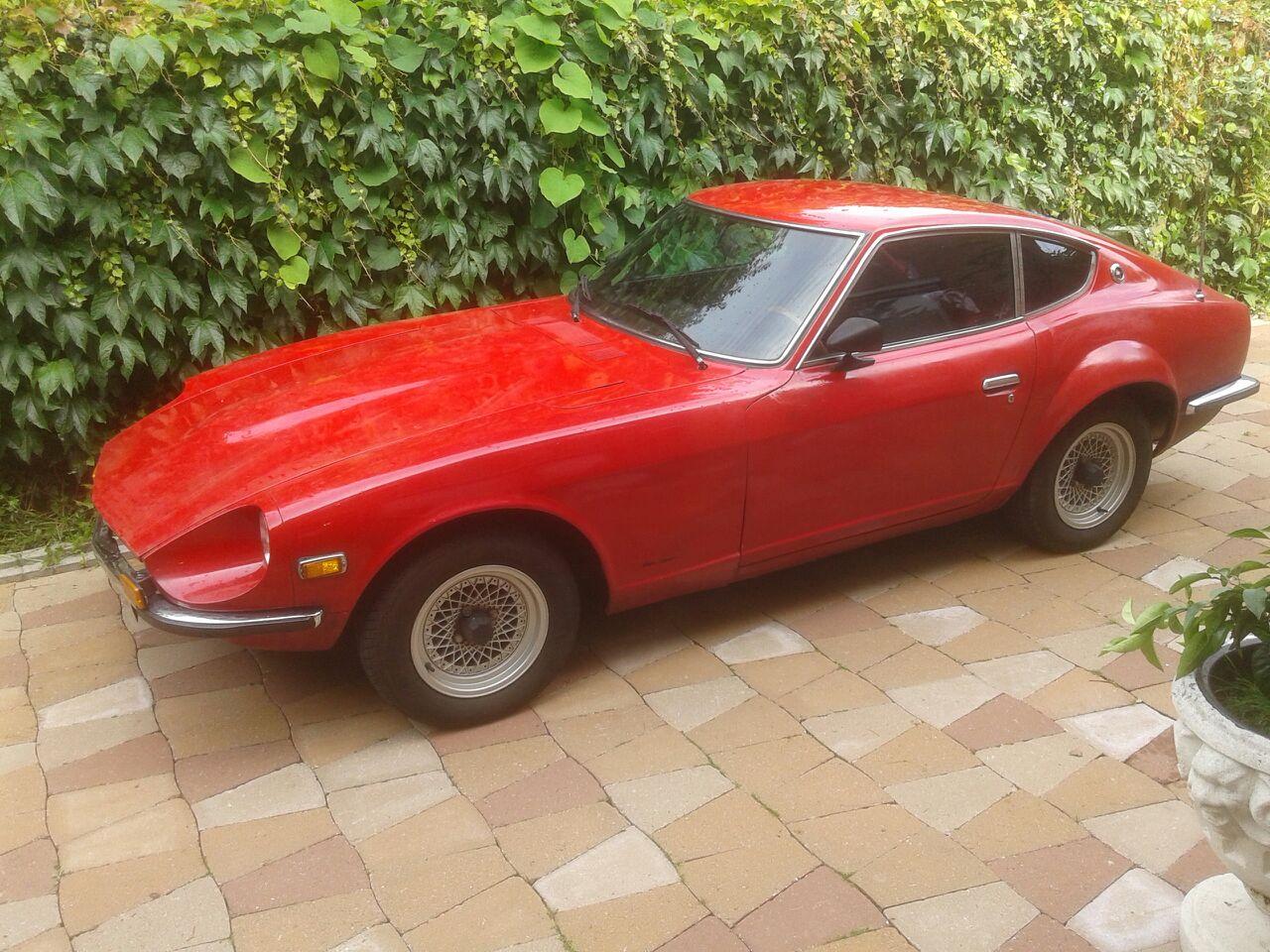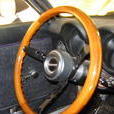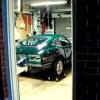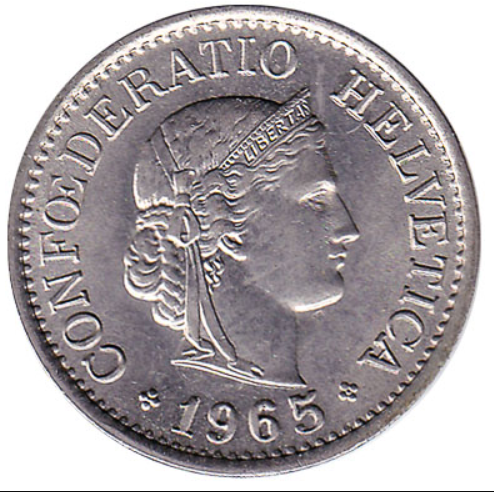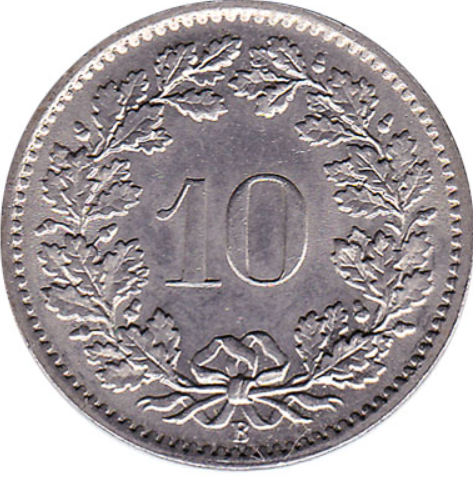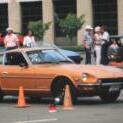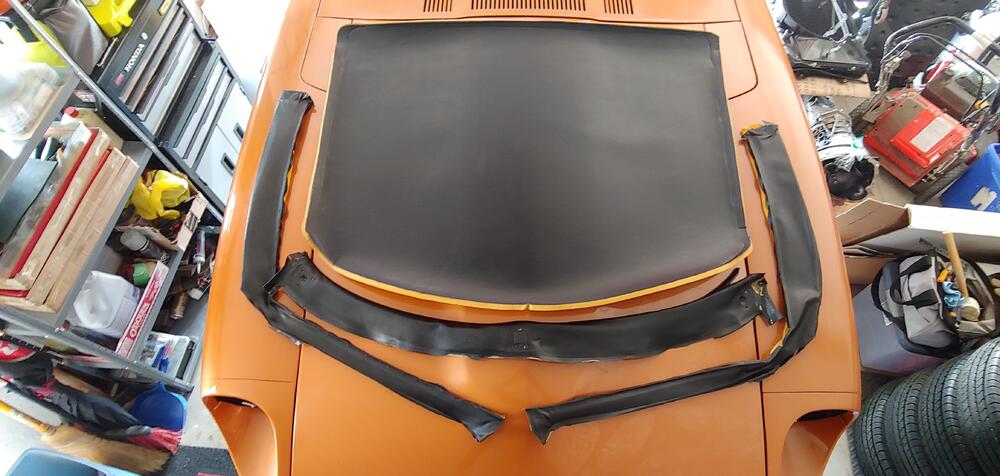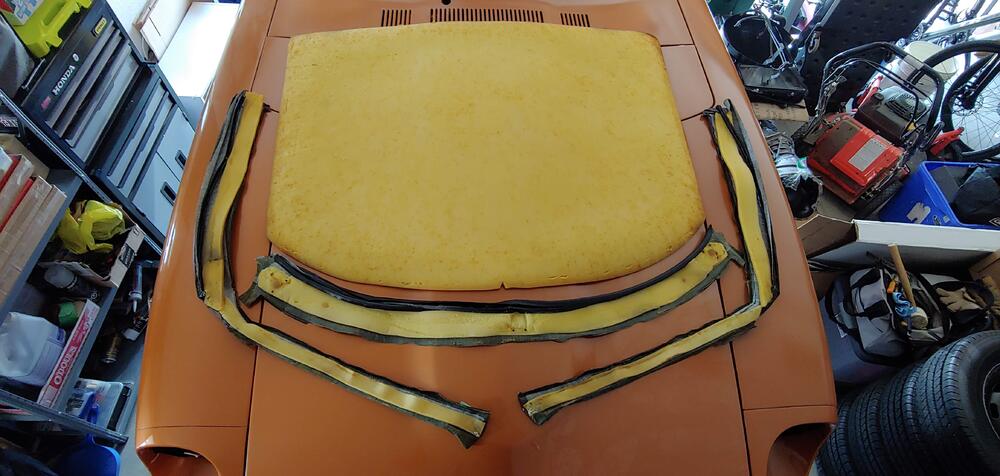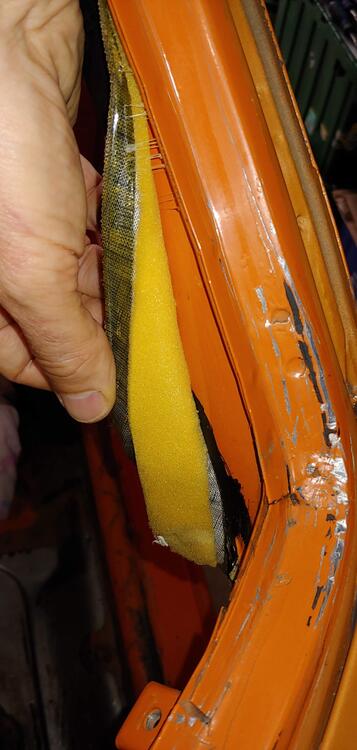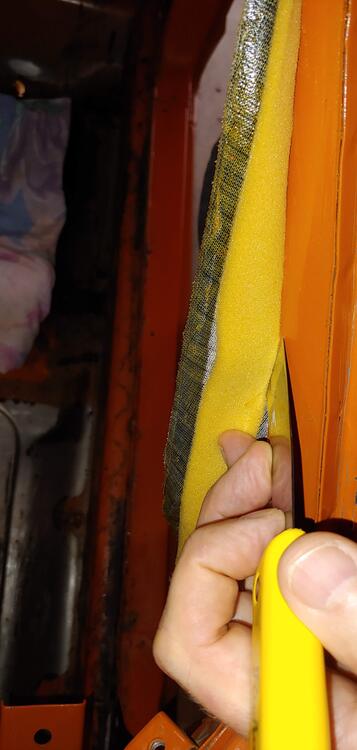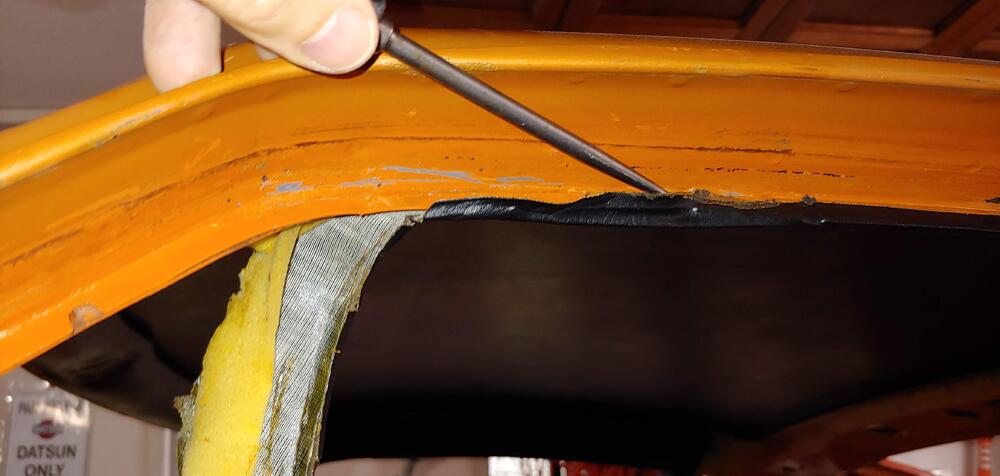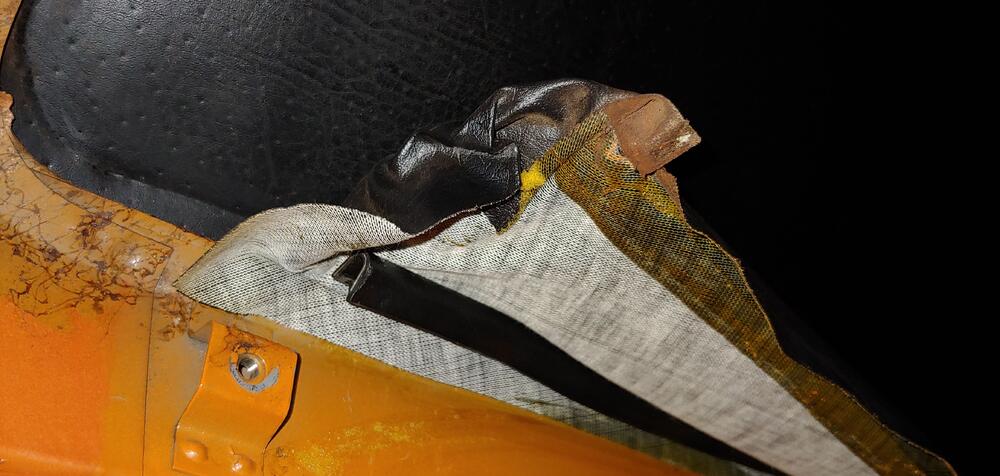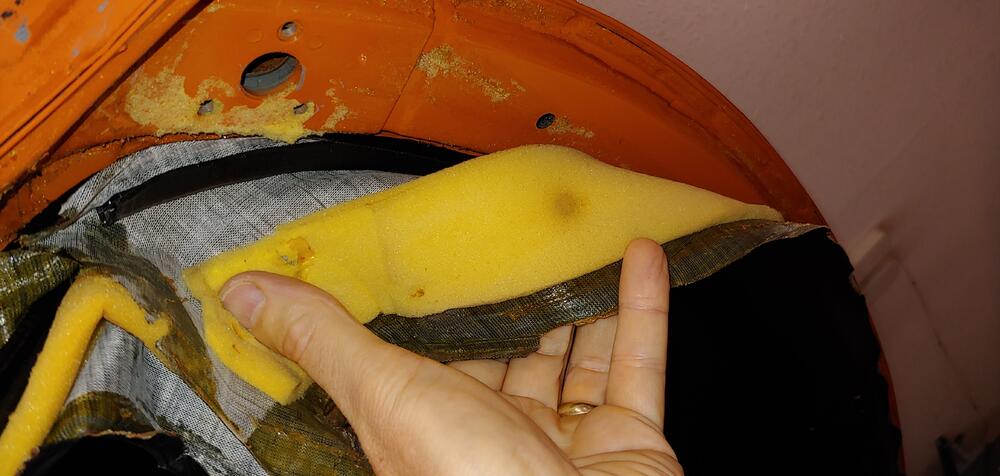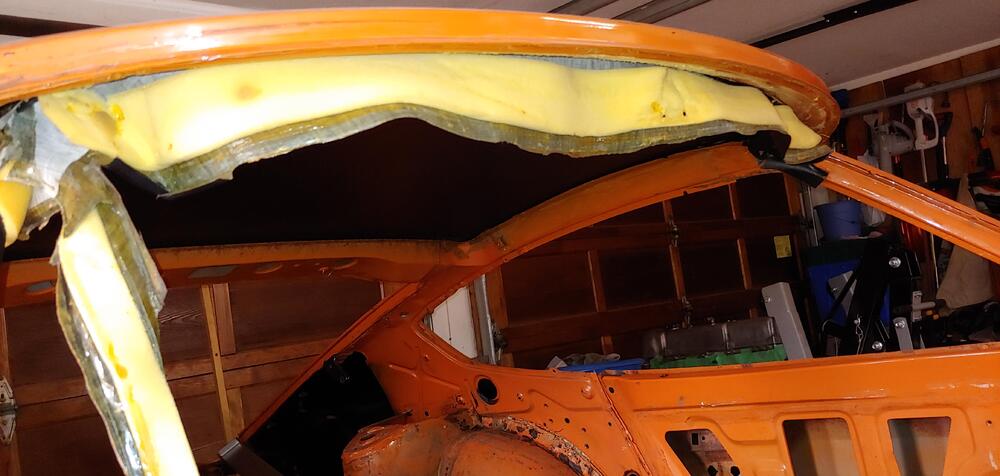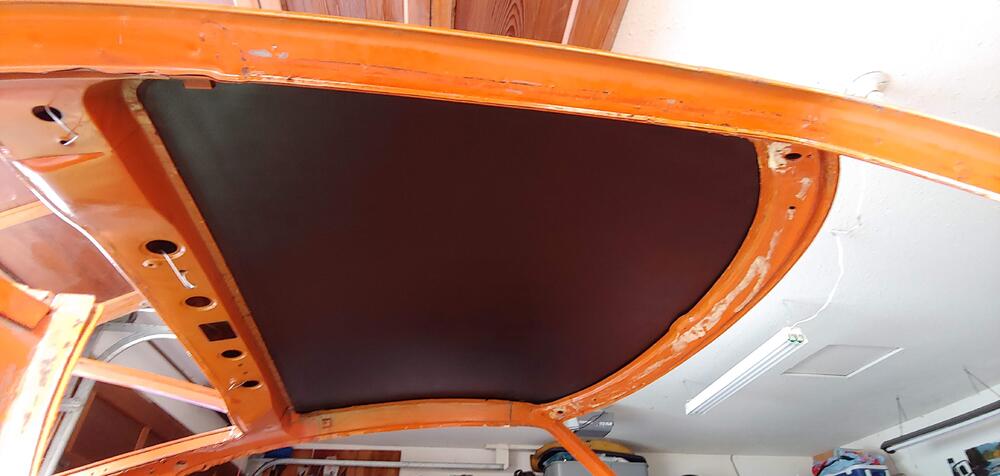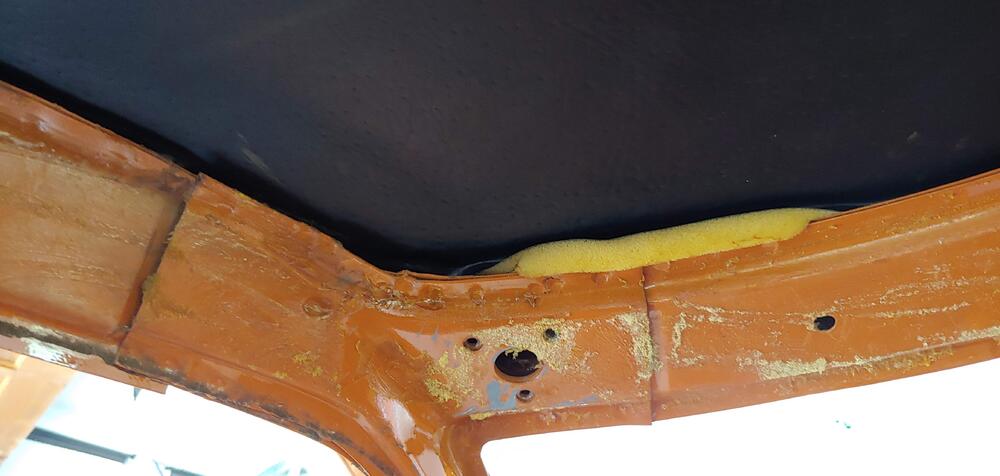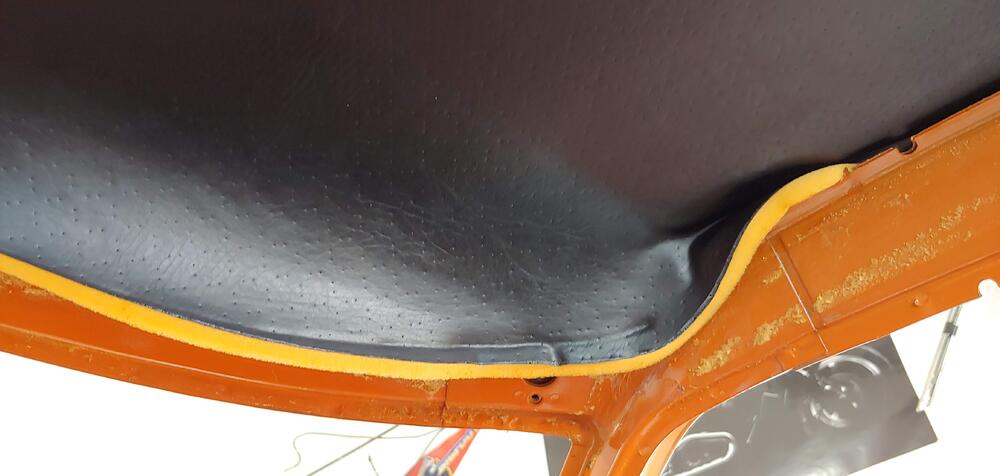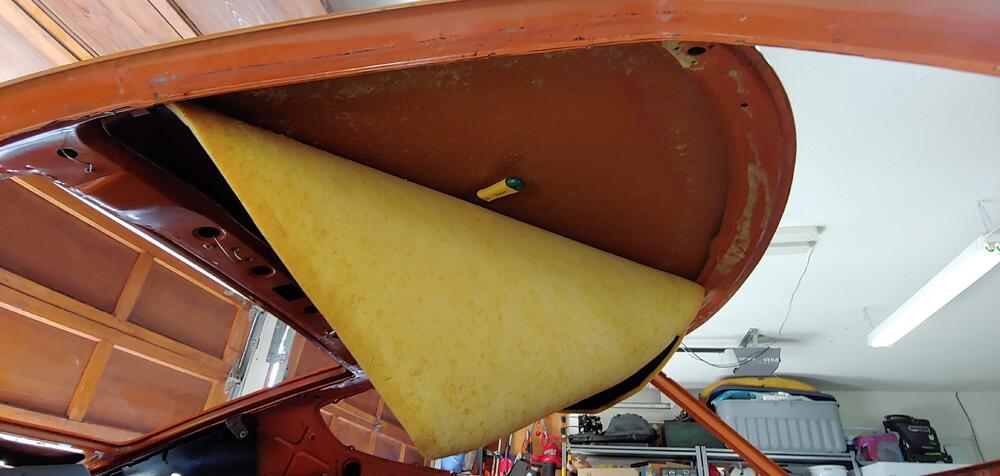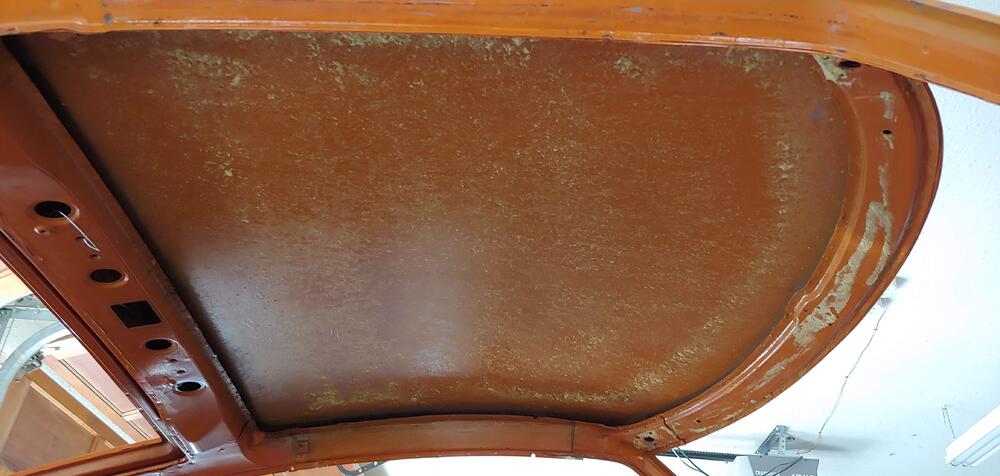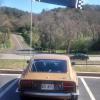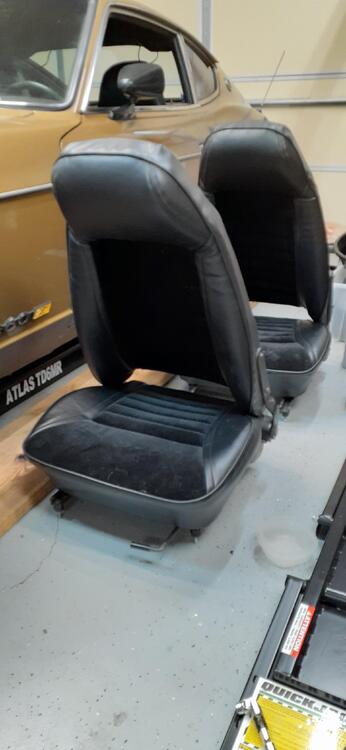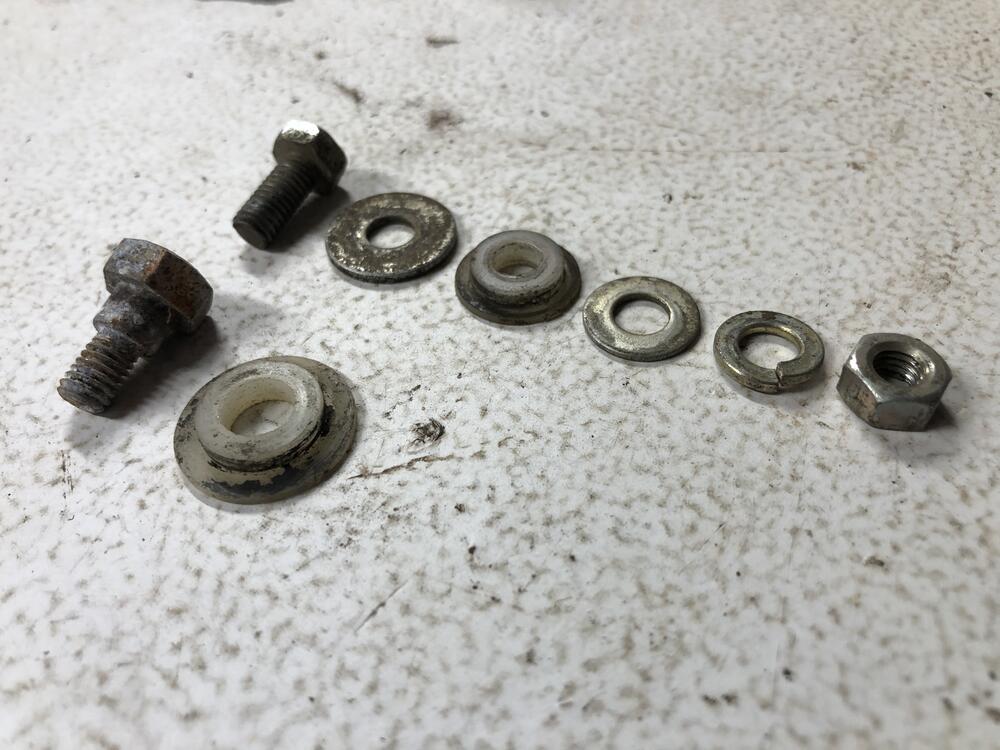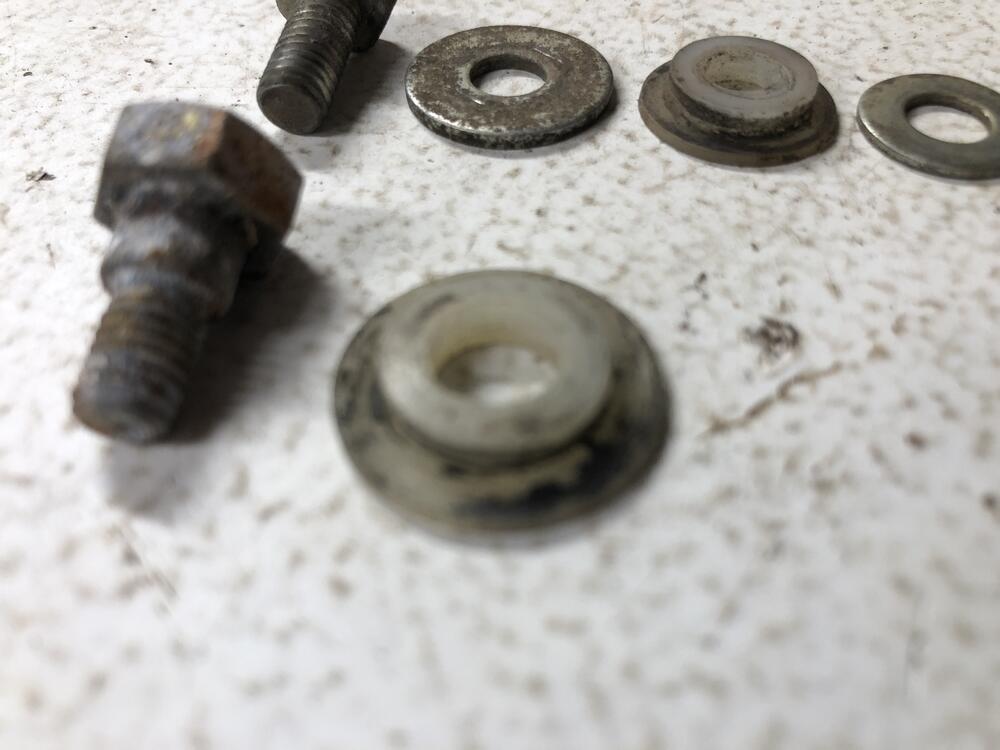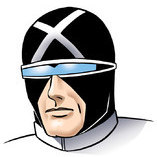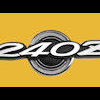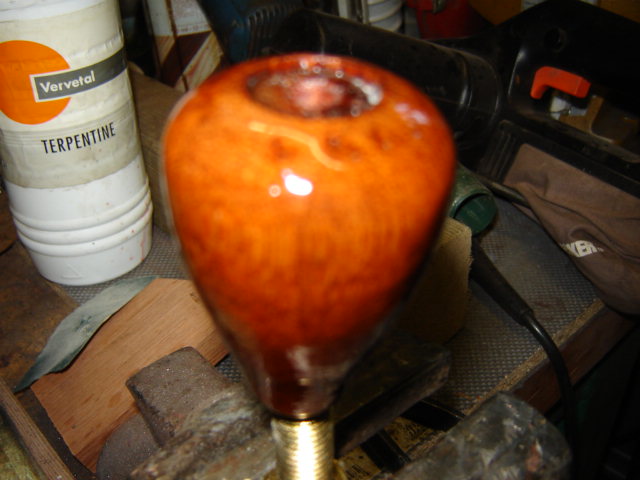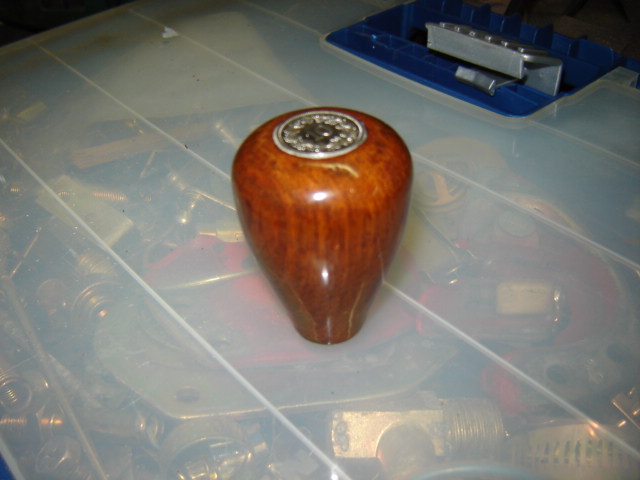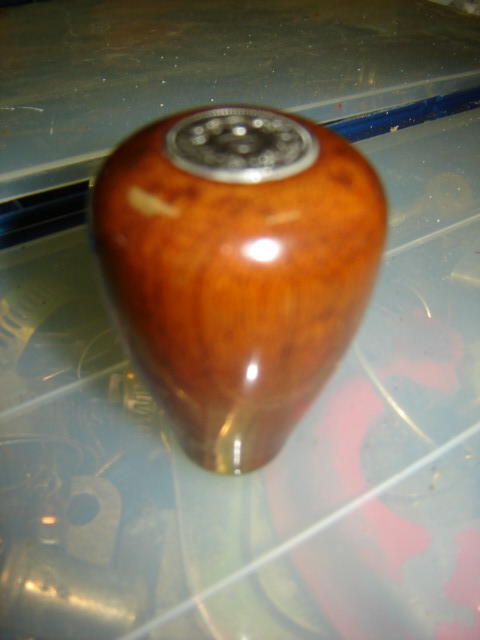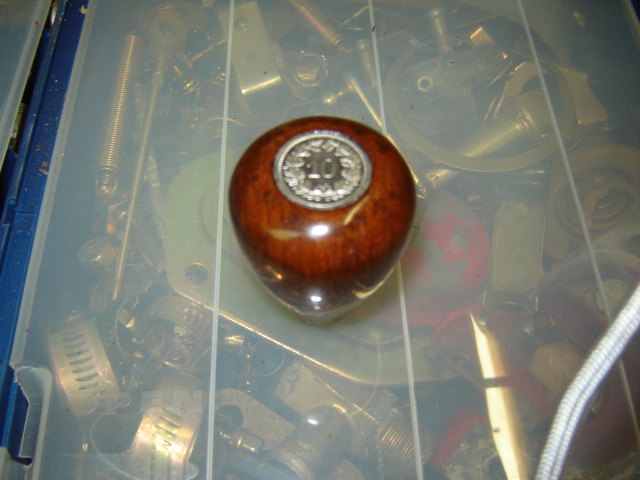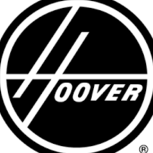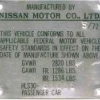Fast explanation of the B H S initials: B = Battery H = Horn S = Switch The Green wire is the one that INTERNALLY (in the Relay) is switched but connects to the HORN. H on the Relay. The Green/Black is the one that connects to the steering wheel, to allow the Horn Button at the wheel to finish the circuit to ground. This in essence is the SWITCH or S on the Relay. The Green/Red is the power, and it comes directly from the Fuse Box, (4th fuse down on the Left side, 10A), and it connects to the Battery B on the Relay. Some of the old time American cars had a "stutter" relay, which when actuated would actually stutter on and off allowing the horns to blow. The Z's does not. What this means is that you can provide 12VDC directly to the Green Wire at the Relay and the horns should sound. This should tell you if the horns need rebuilding or not. If they do not sound, the problem could be that the connections to them are corroded and need cleaning, OR that they need to be taken apart and cleaned inside. Once you get the horns working, then you can address the missing contact arm coming off the turn signal assembly. But let's see if you get sound first. FWIW E
